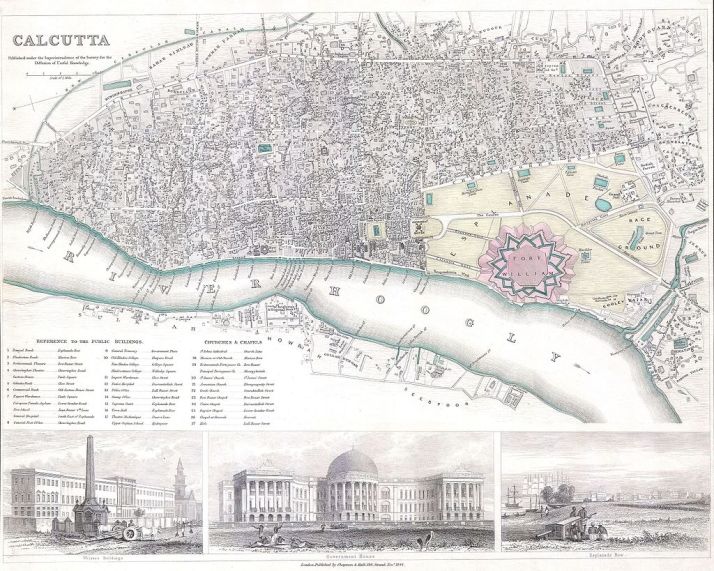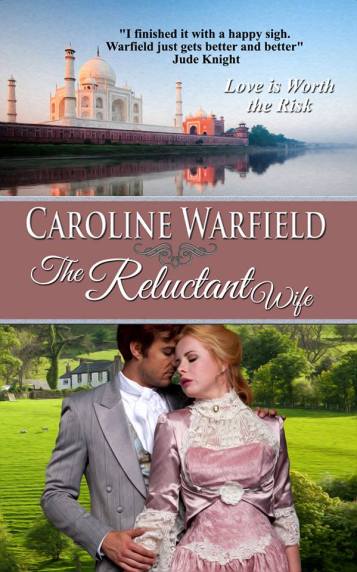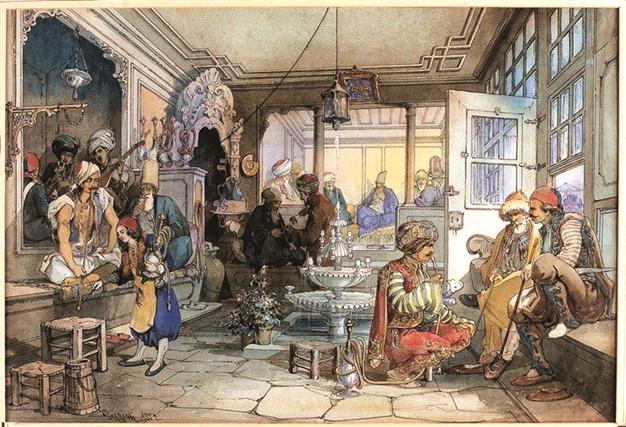Bones, Blood, Barbers, and Butchers: Surgeons in the 18th Century
In the eighteenth century, the record for the fastest amputation at the thigh was nine seconds, start to finish, including sawing through the bone. Are you impressed yet? Even the average, thirty seconds, was pretty damned fast.
And speed was of the essence. Let’s face it. If you needed surgery in the eighteenth century or the first half of the nineteenth, you’d better be strong and brave, because it wasn’t a doddle. Not for the surgeon, and not at all for the patient.
Patients faced three major killers
They’d solved one of the major issues that killed people who needed surgery, reinventing ligatures to tie off blood vessels so the patient didn’t bleed out on the table. Before the sixteenth century, they’d used cautery—burning—to seal any gushers, vastly adding to the pain. And, of course, closing up the wound as fast as possible helped.
And pain was the second issue…
View original post 850 more words




 When all else fails, love succeeds…
When all else fails, love succeeds…